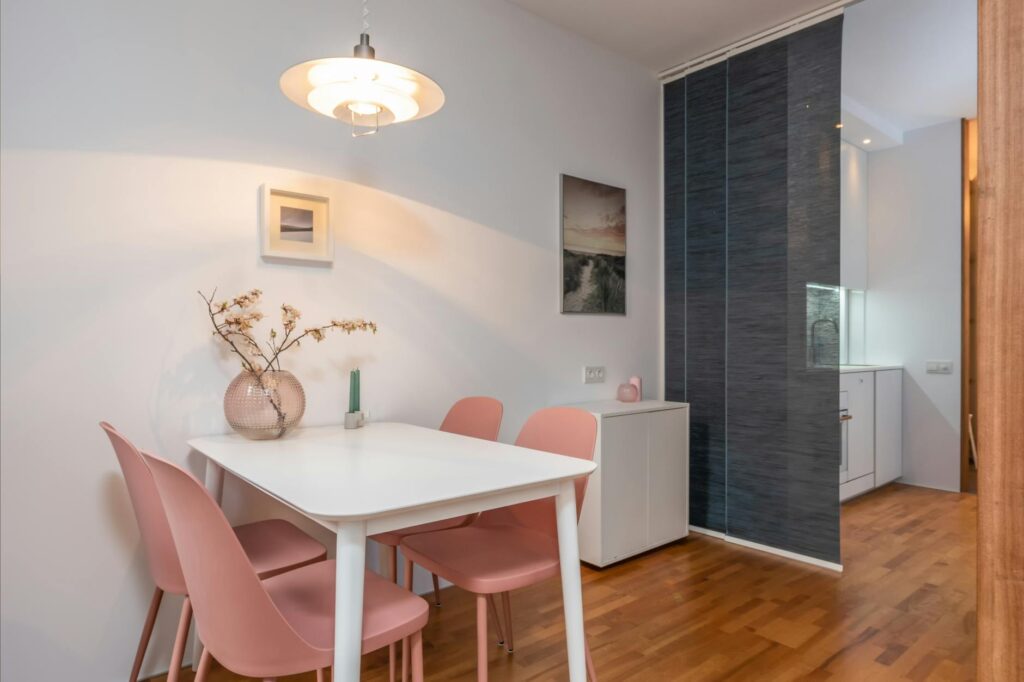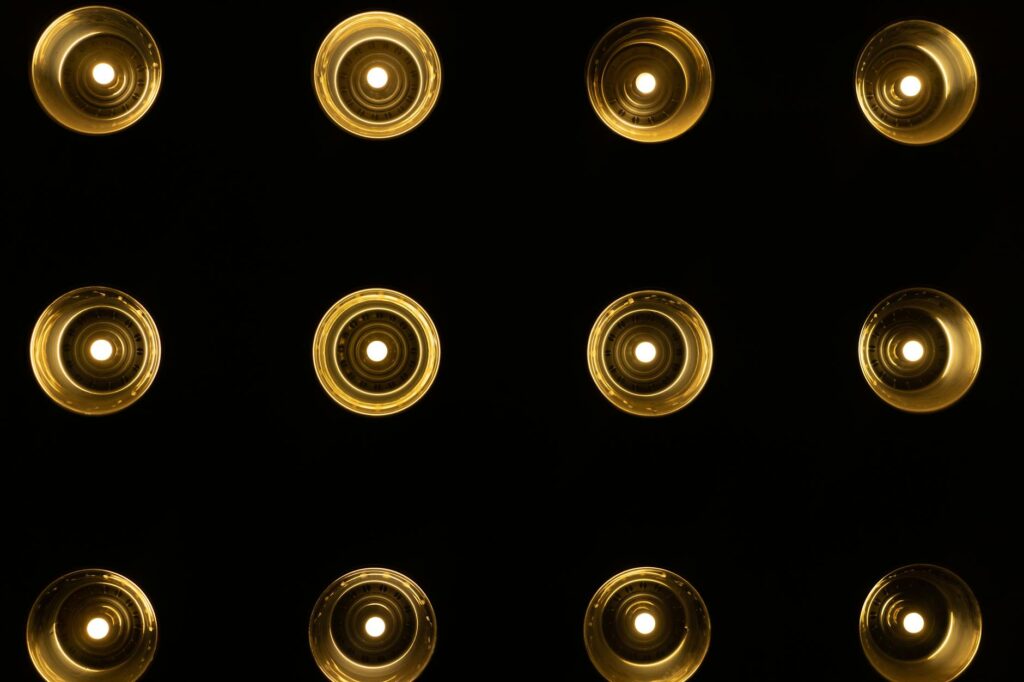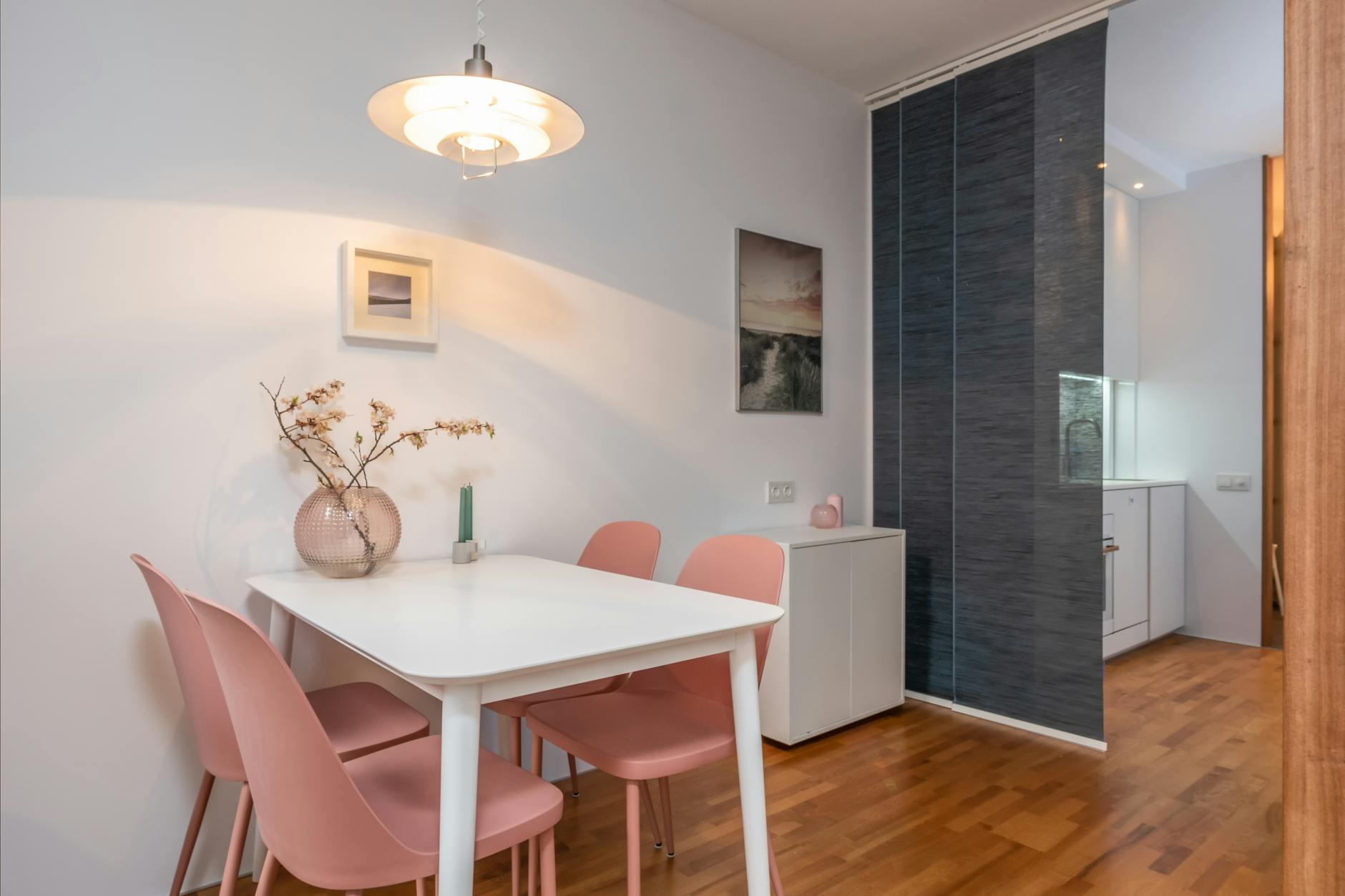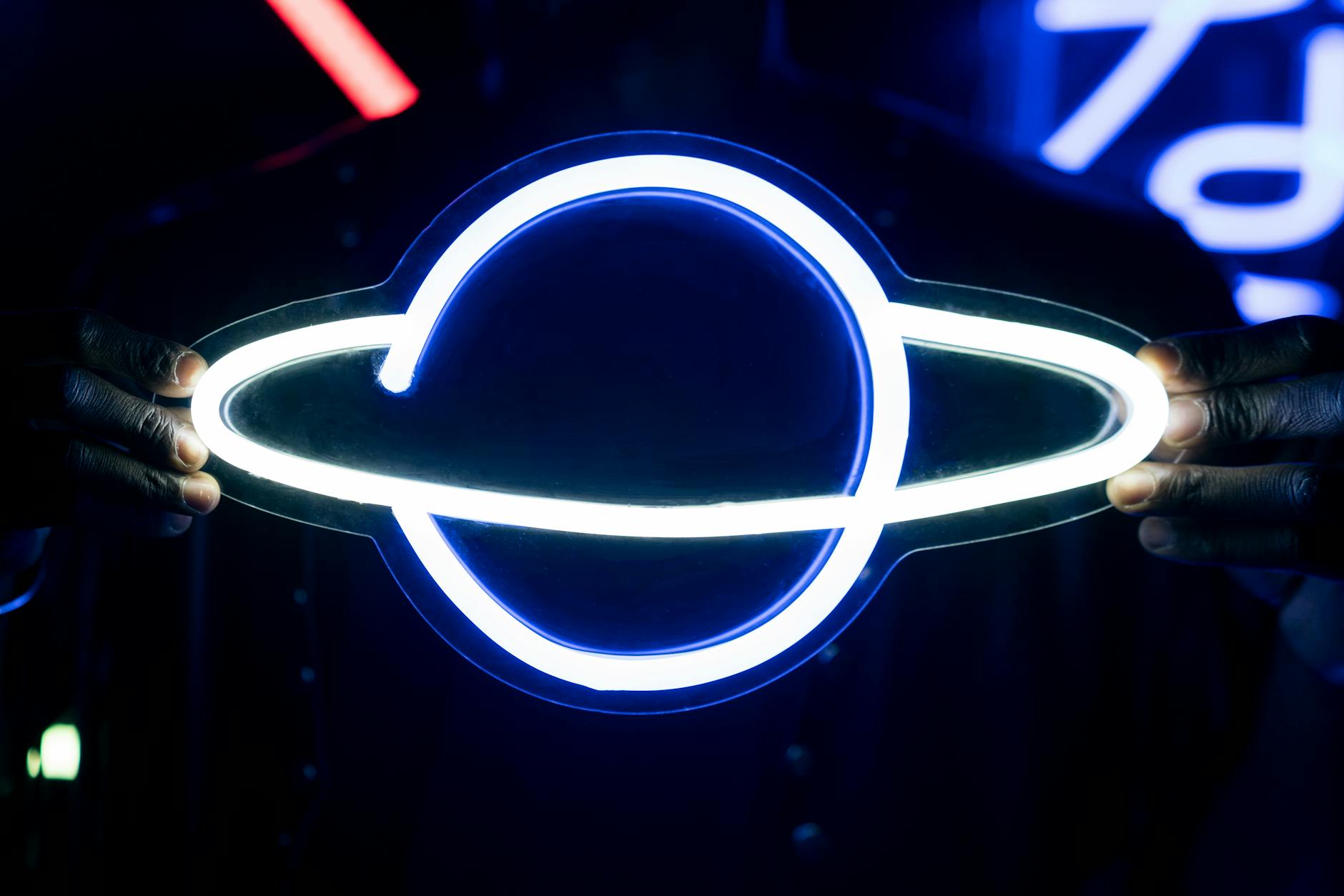Choosing the Right Light Bulb for Your Floor Lamp
Lighting can dramatically influence the mood, aesthetics, and function of your living spaces. While choosing the right floor lamp can augment the overall room décor, choosing the right light bulb for the floor lamp is equally vital. The right light bulb not only illuminates your space efficiently but can also reduce energy costs while striking the right balance of ambiance.
To facilitate your decision-making, let’s delve into the various factors to consider when choosing the right light bulb for your floor lamp.

Types of Light Bulbs
Firstly, understanding the different types of light bulbs available will offer a touchpoint to determine what kind suits you best for your floor lamp.
Typically, three types of light bulbs are popular among homeowners –Incandescent, Compact Fluorescent Lamps (CFLs), and Light Emitting Diodes (LEDs).
[p>
Incandescent light bulbs are traditional, offer warm light, and are compatible with dimmers. In contrast, CFLs are energy-efficient and last longer than incandescent bulbs, but contain a small amount of mercury that requires careful handling. LEDs, however, outshine both incandescent and CFL bulbs as they use less electricity, have longer life spans, and produce minimal heat.

Light Bulb Brightness and Color
Do you know that bulb brightness is measured in lumens, not watts? Yes, watts measure the energy a bulb uses, not the light it gives off. The higher the lumens, the brighter the bulb. Therefore, if you are looking to light a small reading area, a low lumen bulb will suffice. On the other hand, large rooms would require high lumen light bulbs.
In addition to brightness, the color of the light, known as the Color Temperature, also affects the boldness and warmth of your room. Measured in Kelvin (K), you choose between warm (2700K-3000K), cool white (3500K-4100K), and daylight (5000K-6500K) tones, depending on the ambiance you prefer.

Bulb Lifespan and Energy Efficiency
Typically, the average lifespan of an incandescent bulb is approximately 1,200 hours. CFLs offer a significant improvement, with an average lifespan of 10,000 hours. However, an LED bulb wins the race with an average lifespan of a whopping 25,000 hours, thus minimizing the hassle of frequent replacements.
Efficiency is another critical determinant when choosing the right light bulb. To put into perspective, a 15-watt CFL bulb and a 12-watt LED bulb both produce the same amount of light as a 60-watt incandescent bulb while consuming significantly less energy. As mentioned earlier, this not only reduces your carbon footprint but also translates into significant savings on your electricity bill.
In Conclusion
Choosing the right light bulb for your floor lamp may seem technical and complicated. However, with knowledge of the bulb types available, accompanied by an understanding of their brightness, color, energy efficiency, and lifespan, it becomes a more manageable task. So, transform your living space today with the ideal light bulb for your floor lamp.
Frequently Asked Questions
What are the steps to replace a floor lamp bulb?
Ensure to switch off and unplug the lamp before replacing the bulb. Allow it to cool if it was in use to prevent burns. Finally, install the new bulb by screwing it gently into the socket.
Which type of bulb is most energy-efficient?
Among the bulb types, LED bulbs are the most energy-efficient.
Can any light bulb go into any lamp?
Provided the shape, size, and base type fits your lamp socket, and it doesn’t exceed the maximum wattage, most bulbs can be used in any lamp.
What is the average lifespan of LED lights?
LED light bulbs have a long lifespan, with averages around 25,000 hours.
What is the difference between warm light and cool light?
Warm light is a lower color temperature and emits a cozier, yellowish light. In contrast, cool light is a higher color temperature and emits a more energetic, bluish light.





